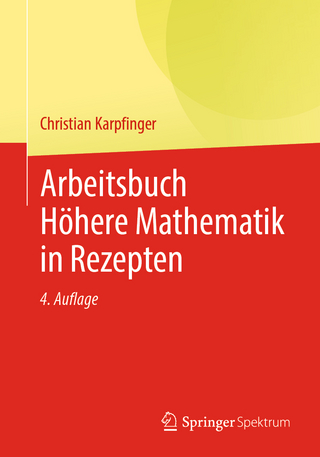
Introduction to the Galois Correspondence
Springer-Verlag New York Inc.
978-1-4612-7285-4 (ISBN)
I. Preliminaries - Groups and Rings.- 1. Introduction to Groups.- 2. Quotient Groups and Sylow Subgroups.- 3. Finite Abelian Groups and Solvable Groups.- 4. Introduction to Rings.- 5. Factoring in F[x].- II. Field Extensions.- 1. Simple Extensions.- 2. Algebraic Extensions.- 3. Splitting Fields and Normal Extensions.- III. The Galois Correspondence.- 1. The Fundamental Correspondence.- 2. The Solvable Correspondence.- IV. Applications.- 1. Constructibility.- 2. Roots of Unity.- 3. Wedderburn’s Theorem.- 3. Dirichlet’s Theorem and Finite Abelian Groups.- Appendix A - Groups.- 1. Group Actions and the Sylow Theorems.- 2. Free Groups, Generators and Relations.- Appendix B - Factoring in Integral Domains.- 1. Euclidean Domains and Principal Ideal Domains.- 2. Prime and Irreducible Elements.- 3. Unique Factorization Domains.- Appendix C - Vector Spaces.- 1. Subspaces, Linear Independence and Spanning.- 2. Bases and Dimension.
| Zusatzinfo | XI, 244 p. |
|---|---|
| Verlagsort | New York |
| Sprache | englisch |
| Maße | 155 x 235 mm |
| Themenwelt | Mathematik / Informatik ► Mathematik ► Algebra |
| Schlagworte | Algebra |
| ISBN-10 | 1-4612-7285-8 / 1461272858 |
| ISBN-13 | 978-1-4612-7285-4 / 9781461272854 |
| Zustand | Neuware |
| Haben Sie eine Frage zum Produkt? |
aus dem Bereich


